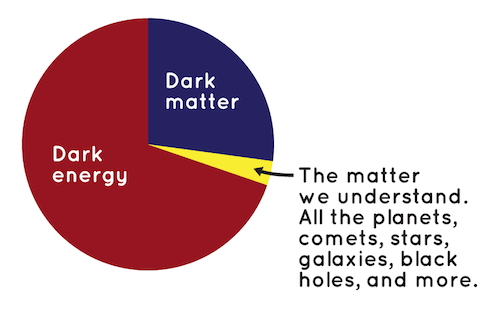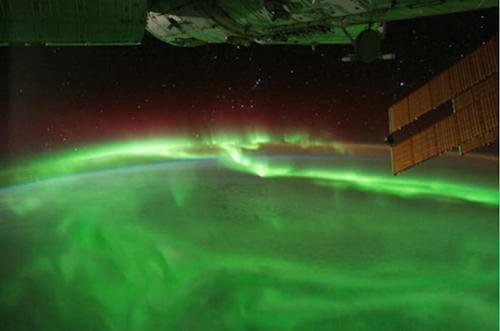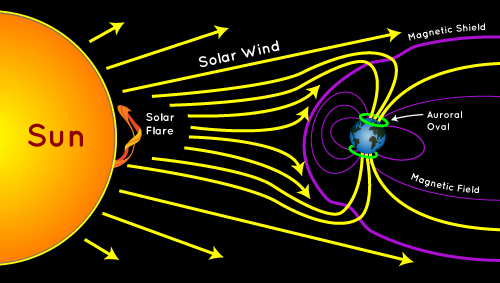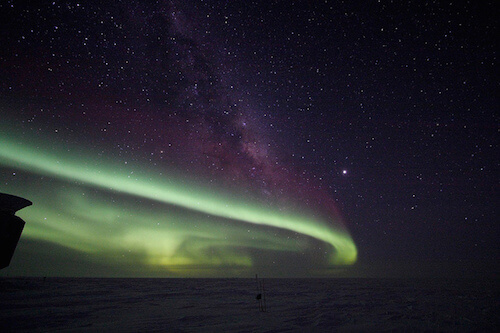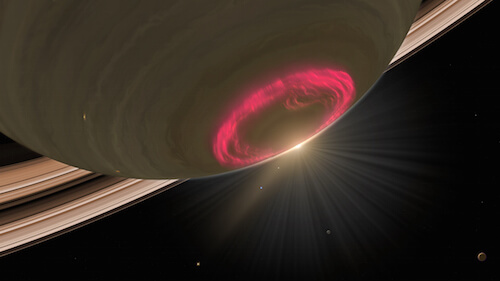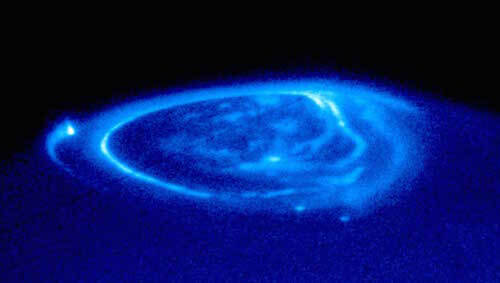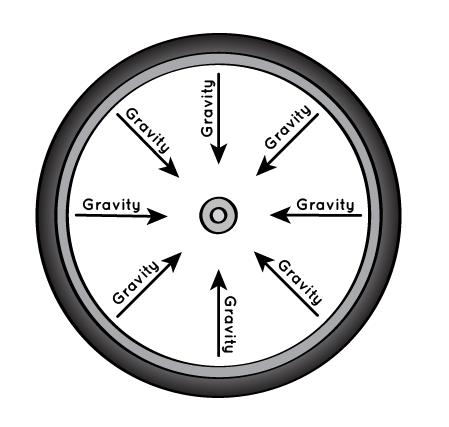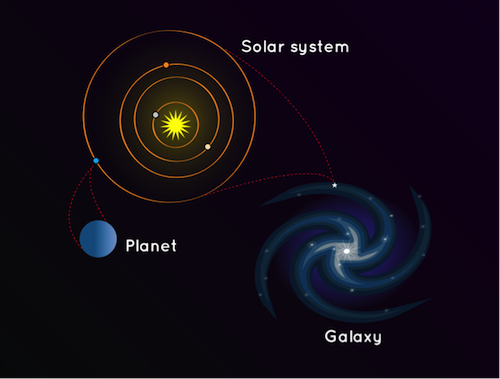The Giant Magellan Telescope will be one member of the next class of super giant earth-based telescopes that promises to revolutionize our view and understanding of the universe. It will be constructed in the Las Campanas Observatory in Chile. Commissioning of the telescope is scheduled to begin in 2021.
The GMT has a unique design that offers several advantages. It is a segmented mirror telescope that employs seven of today’s largest stiff monolith mirrors as segments. Six off-axis 8.4 meter or 27-foot segments surround a central on-axis segment, forming a single optical surface 24.5 meters, or 80 feet, in diameter with a total collecting area of 368 square meters. The GMT will have a resolving power 10 times greater than the Hubble Space Telescope. The GMT project is the work of a distinguished international consortium of leading universities and science institutions.
Quick info:
- Completion target – 2021
- Location – Las Campanas Observatory, Chile
- Altitude of site – 8,254 feet (2,516 meters)
- Height of telescope housing – 200 feet (61 meters)
- Moving weight of telescope – 2,425,085 pounds (1,100 tons)
- Weight of each finished mirror segment – 25,000 pounds (12.5 tons)
- Diameter of each mirror – 28 feet (8.4 meters)
- Effective diameter of all mirrors – 83.5 feet (24.5 meters)
- Total collecting area of mirrors – 3,961 sq. feet (368 sq. meters)
- Mounting type – altitude/azimuth
- Wavelength sensitivity of telescope – Near infrared and visible (320–25000 nanometers)
For photo courtesy and more info visit following link









